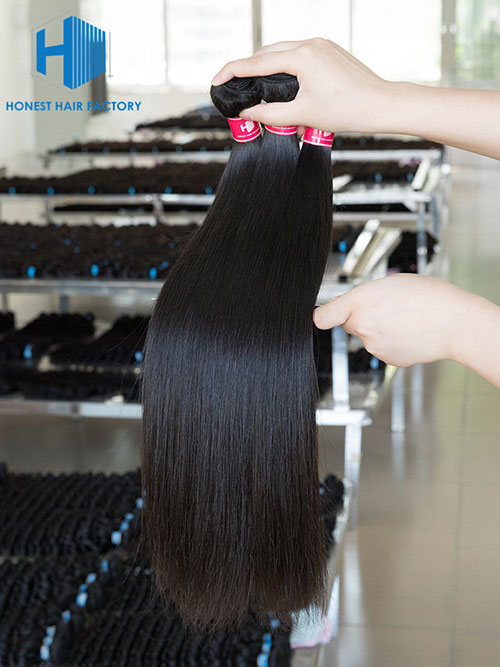Starting a Raw Hair Company: What You Need to Know
Starting a Raw Hair Company: What You Need to Know
Blog Article
Embarking on the journey of starting a raw hair company can be both exciting and daunting. With a market that is continuously growing, understanding the nuances of raw hair, its origins, and how to source it can make all the difference in your business's success. This comprehensive guide will walk you through everything you need to know to get started.

Understanding Raw Hair
Raw hair is defined as hair that is 100% unprocessed. This means it has not been chemically treated, dyed, or had any fillers added. It comes directly from a single donor and is typically sourced from countries like India, Vietnam, and Myanmar. The key characteristics of raw hair include natural texture, luster, and durability. When you buy raw hair, you are investing in a product that is not only high in quality but also long-lasting.
Key Differences Between Raw Hair and Virgin Hair
While raw hair and virgin hair are often used interchangeably, they are not the same. Virgin hair may have been processed to some extent, such as being steamed for pattern or chemically treated for color. Raw hair, on the other hand, is completely unprocessed and maintains its natural state from the donor. This makes raw hair more durable and versatile, as it can be styled and colored without losing its quality.
Where to Source Raw Hair
When starting a raw hair company, one of the most critical decisions is where to source your hair. Here are some of the best places to find high-quality raw hair:
- India: Known for its temples where hair is donated, India is a primary source of raw hair. Companies like Honest Hair Factory specialize in sourcing and distributing top-quality Indian hair.
- Vietnam: Vietnam is another significant source of raw hair. Known for its skilled processing techniques, Vietnamese hair is often used for its versatility and durability.
- Myanmar (Burma): Burmese hair is popular for its natural curls and waves. It is often used for creating beautiful, textured extensions.
- Cambodia: Cambodian hair is known for its natural luster and variety of textures. It is a popular choice for those looking for a more textured look.
- Philippines: Filipino hair is highly sought after for its thickness and longevity. It is considered one of the highest quality raw hair options.
- Indonesia: Indonesian hair is known for its natural wavy texture and affordability. It is a popular choice for those looking for a cost-effective option.
What to Look for When Sourcing Raw Hair
When sourcing raw hair, there are several factors to consider:
- Single Donor vs. Multiple Donors: Single donor hair is considered the purest form of raw hair, as it comes from one person. However, it can be more expensive. Multiple donor hair can still be high quality but may have slight variations in texture and color.
- Remy Hair: Remy hair refers to hair where the cuticles are aligned in the same direction. This reduces tangling and makes the hair easier to manage.
- Texture and Luster: Different origins of raw hair have unique textures and lusters. For example, Burmese hair is known for its natural curls, while Vietnamese hair is often more wavy and sleek.
- Processing: Ensure the hair is truly raw and has not been chemically processed. This includes avoiding hair that has been dyed, bleached, or had fillers added.
- Vendor Reliability: Choose a reputable vendor who can provide consistent quality and transparent sourcing information. Honest Hair Factory is a trusted name in the industry, offering high-quality raw hair extensions.
How to Assess Raw Hair Quality
Once you have identified potential vendors, the next step is to assess the quality of the raw hair. Here are some tips:
- Request Samples: Always request samples before placing a bulk order. This allows you to examine the hair's texture, luster, and overall quality.
- Check for Fillers: Ensure the hair does not contain synthetic fillers or lower-quality strands. Genuine raw hair should be 100% human hair.
- Test for Durability: Raw hair should be durable and able to withstand styling and coloring without significant damage.
- Examine Cuticles: The cuticles should be intact and aligned, which indicates that the hair is Remy and less likely to tangle.
- Assess Color and Texture: The hair should have a natural color and texture, with no signs of chemical processing.
Marketing and Selling Raw Hair
Once you have sourced high-quality raw hair, the next step is to market and sell your products. Identify your target market and tailor your marketing efforts to their needs and preferences. This could include social media campaigns, influencer partnerships, and targeted advertising.
Report this page